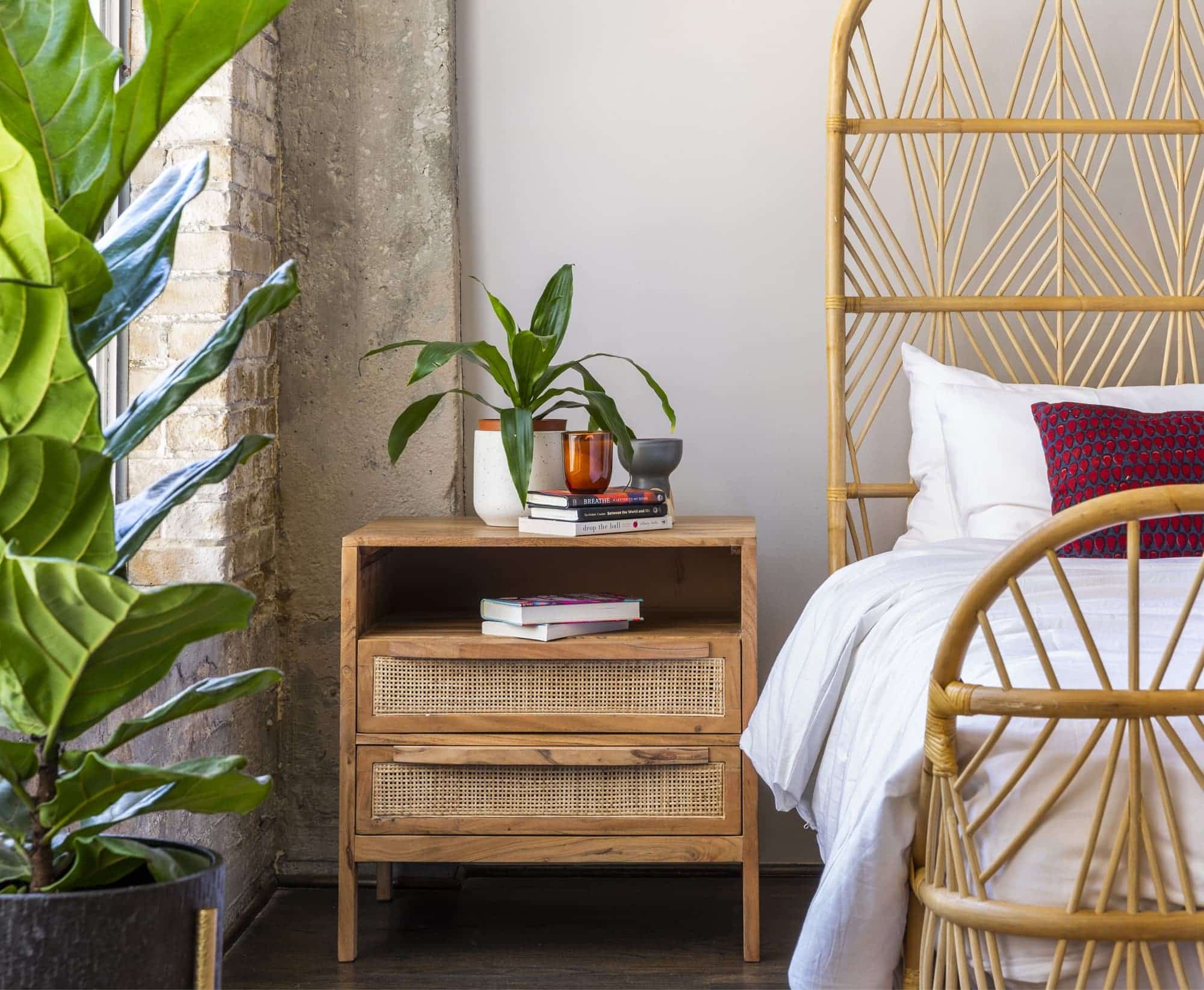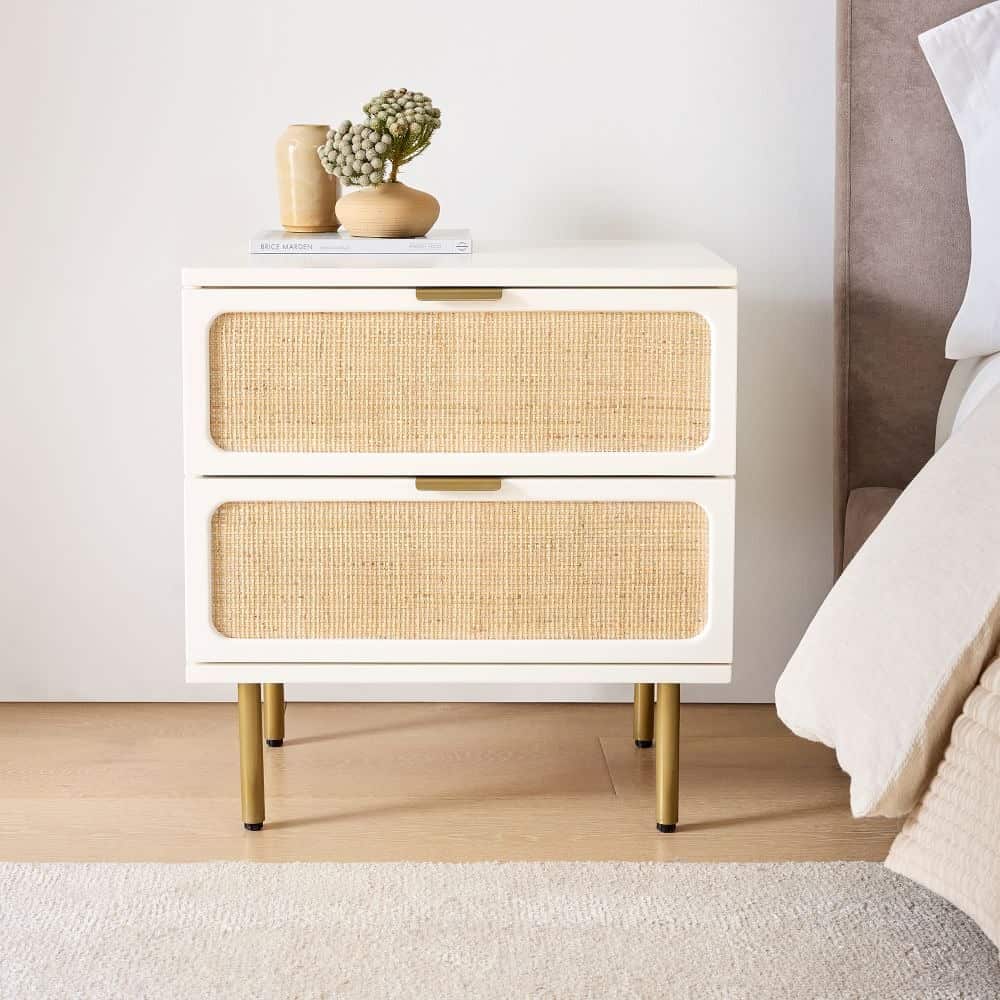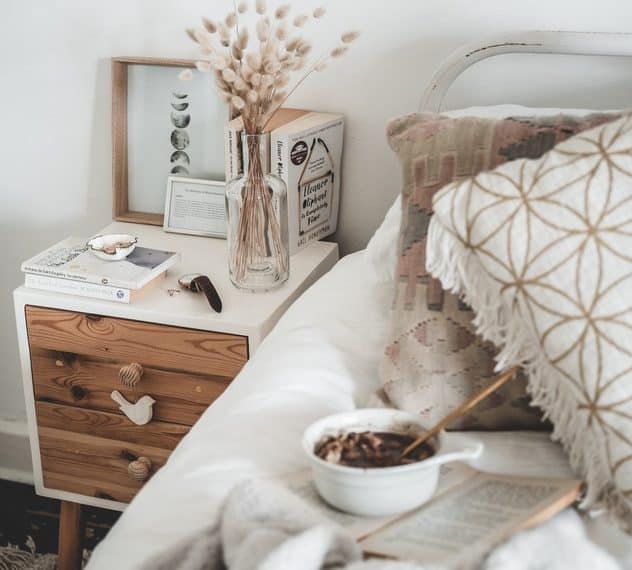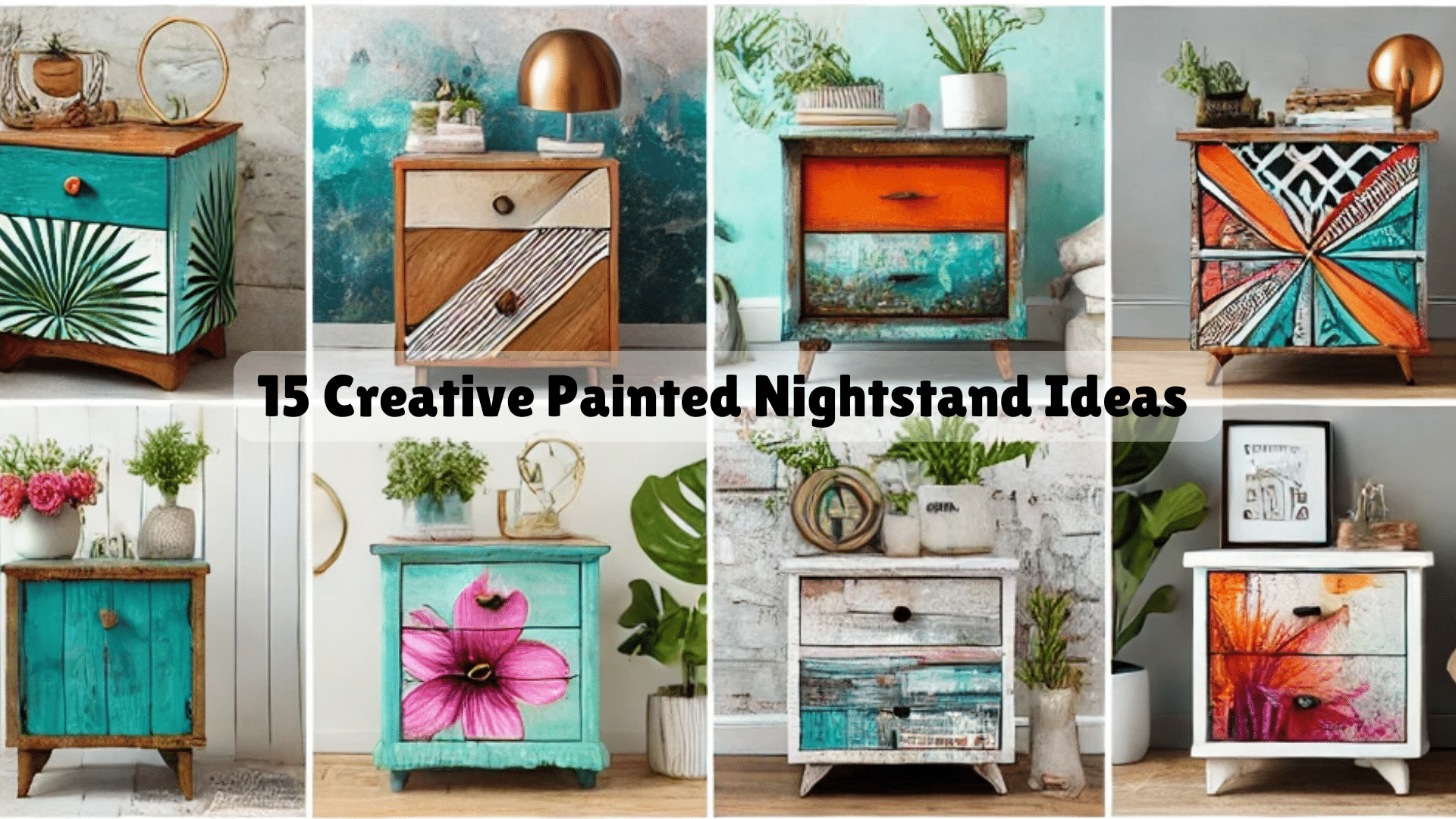How to Choose the Right Bedside Lamps
The perfect bedside lamp does more than provide light—it adds style, sets the mood, and can even influence how you use your space. Choosing the right lamp involves considering factors like functionality, design, and how it complements your bedroom’s overall look.
1. Consider the Lamp’s Purpose
Before choosing any lamp, think about what you need it for. Are you looking for a reading light, a decorative piece, or general ambient lighting?
If you’re an avid reader, a lamp with a focused light that you can adjust is ideal. On the other hand, if you’re more concerned with creating a warm, cozy atmosphere, a lamp with a soft glow would be better.
2. Match the Lamp Size to Your Nightstand

The size of your bedside lamp should be proportional to your nightstand and bed. A large lamp on a small nightstand can look overwhelming, while a tiny lamp on a large nightstand might not provide enough light.
When considering size, also take into account the nightstand height and your bed height to ensure the lamp is within easy reach and provides light at the correct level.
3. Choose the Right Shade
Choosing the right lampshade plays a significant role in how the light is distributed.
A wider shade allows for more light, which is great for reading or if you need more brightness in the room. A narrower or darker shade will create a more focused beam, ideal for creating a relaxing ambiance.
The material of the shade also affects the light—fabric shades offer a softer glow, while metal or glass shades provide more direct light.
4. Think About Style and Aesthetics
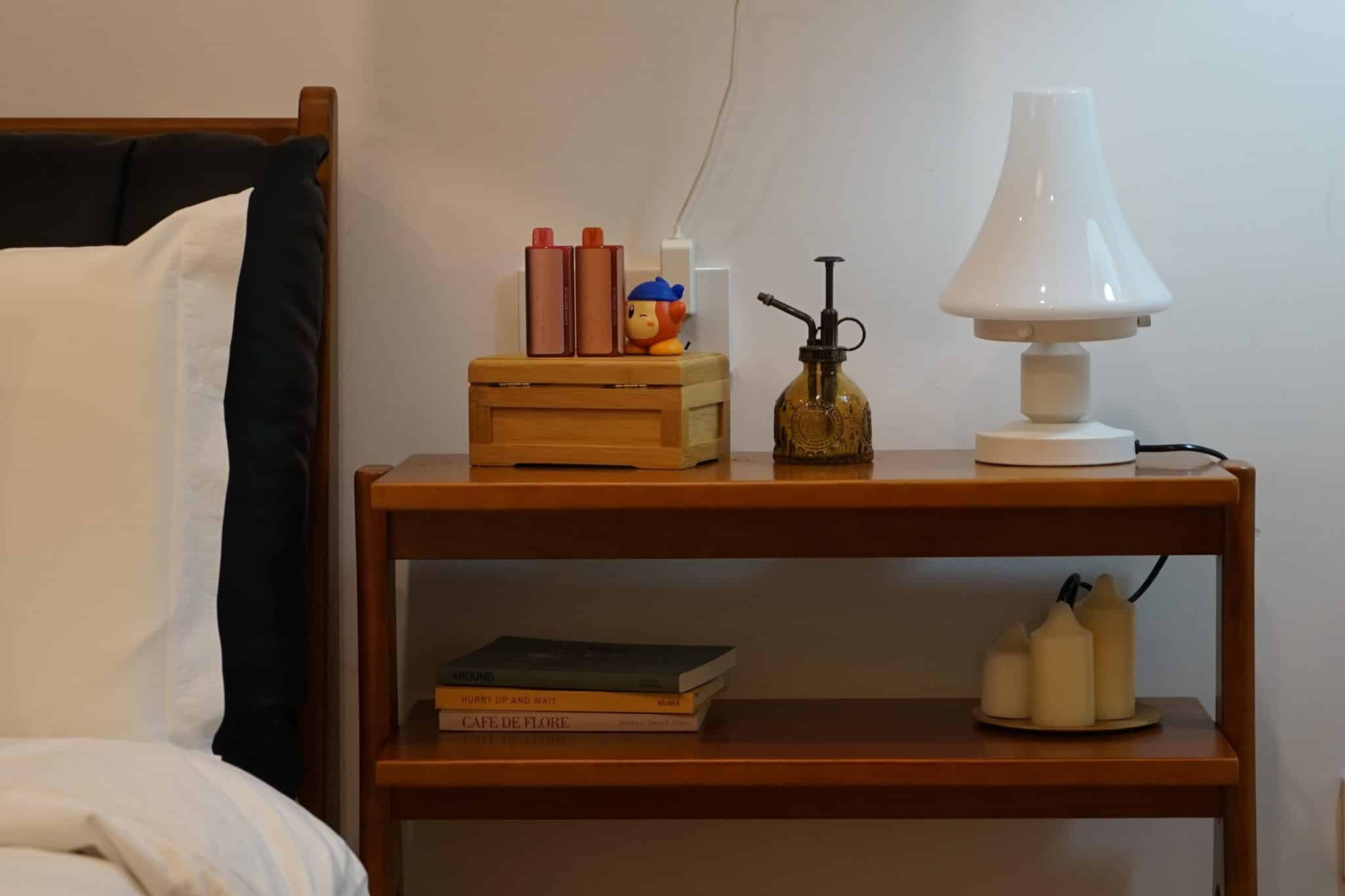
Your bedside lamps should complement the overall style of your bedroom. If your decor is modern, sleek lamps with clean lines might be the best choice.
For a more traditional room, consider lamps with decorative bases or ornate shades. The lamp’s finish, whether it’s brass, wood, ceramic, or metal, should tie in with other elements in the room to create a cohesive look.
5. Consider the Lamp’s Functionality
While style is important, so is how the lamp functions. Look for features that suit your needs, such as adjustable arms, dimmable settings, or touch controls.
If you often read in bed, an adjustable arm can direct light exactly where you need it. Dimmable lamps are excellent for setting different moods—bright for reading and soft for winding down.
6. Choose the Right Bulb

The type of bulb you use affects both the quality of light and the ambiance of the room. LED bulbs are energy-efficient and come in various color temperatures, from warm to cool.
If you want a cozy, warm light, opt for a bulb with a lower color temperature (around 2700K). For tasks that require bright, clear light, a higher color temperature (around 5000K) is better.
7. Consider How Light Reflects in the Room
The colors and textures in your bedroom can affect how light reflects and disperses. Lighter wall colors will bounce light around the room, making it feel brighter, while darker colors absorb light, creating a more intimate atmosphere.
If you’re thinking about changing your room’s color scheme, research the best bedroom colors that enhance how your bedside lamps illuminate the space.
8. Balance the Lighting
If you have two nightstands, matching lamps can create a balanced look. However, you can also mix and match different lamps if they complement each other in style and size.
The key is to ensure that the lighting is even on both sides of the bed, which helps maintain a harmonious and comfortable environment.
Light Up Your Bedroom
Choosing the right bedside lamps is about finding the perfect balance between style, function, and comfort. Whether you need a lamp for reading, creating ambiance, or simply as a decorative piece, the right choice will enhance your bedroom’s overall look and feel. By considering factors like lamp size, shade, style, and how light interacts with your room, you can select lamps that not only meet your needs but also add a touch of elegance to your space.



